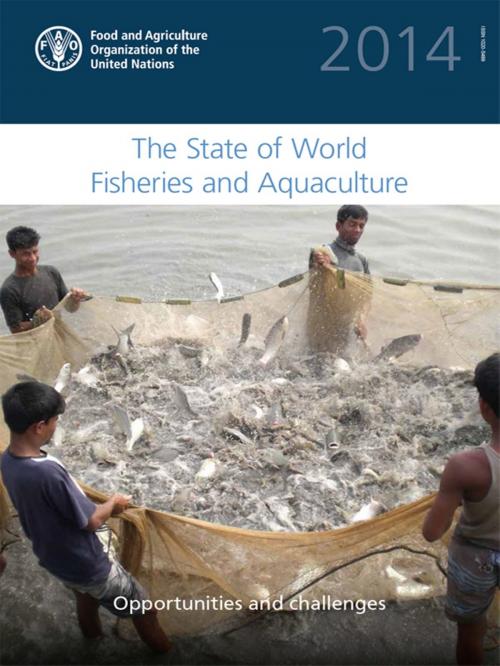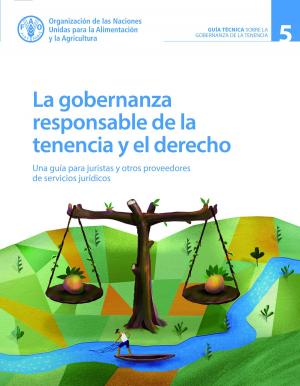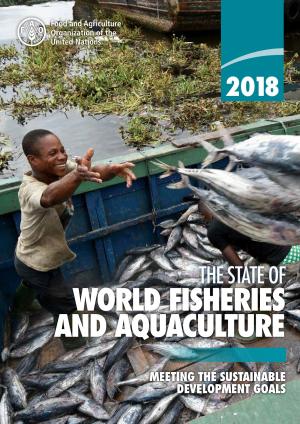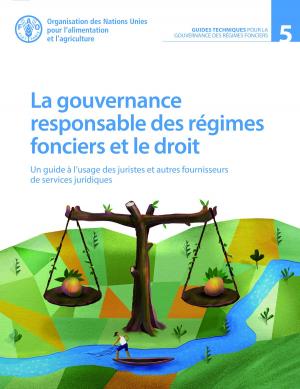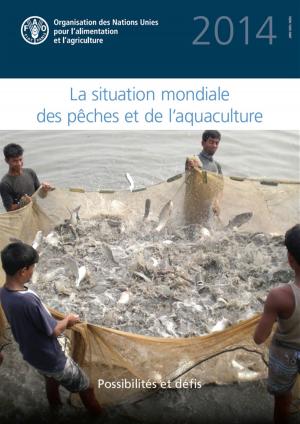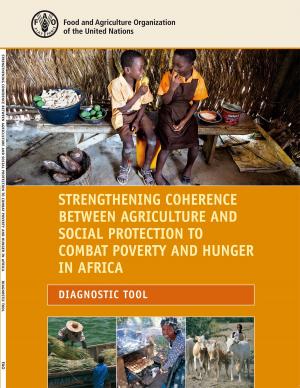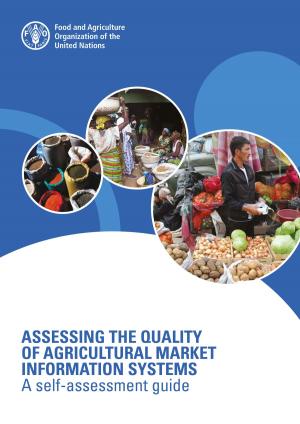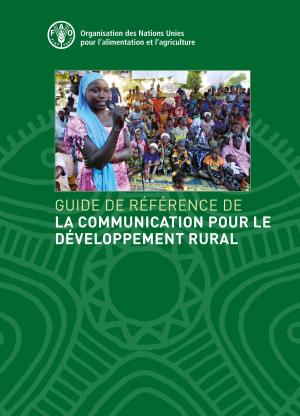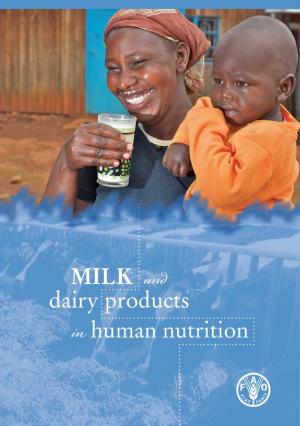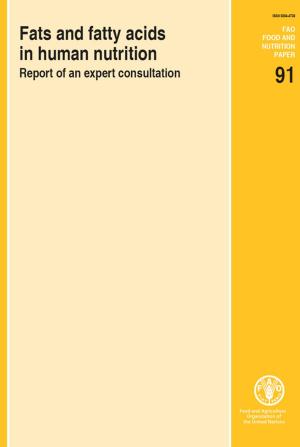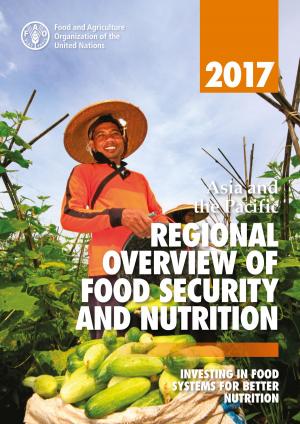The State of World Fisheries and Aquaculture (SOFIA)
Nonfiction, Science & Nature, Technology, Agriculture & Animal Husbandry| Author: | Food and Agriculture Organization of the United Nations | ISBN: | 9789251083963 |
| Publisher: | Food and Agriculture Organization of the United Nations | Publication: | April 13, 2015 |
| Imprint: | Smashwords Edition | Language: | English |
| Author: | Food and Agriculture Organization of the United Nations |
| ISBN: | 9789251083963 |
| Publisher: | Food and Agriculture Organization of the United Nations |
| Publication: | April 13, 2015 |
| Imprint: | Smashwords Edition |
| Language: | English |
In a world where more than 800 million continue to suffer from chronic malnourishment and where the global population is expected to grow by another 2 billion to reach 9.6 billion people by 2050 – with a concentration in coastal urban areas – we must meet the huge challenge of feeding our planet while safeguarding its natural resources for future generations. This new edition of The State of World Fisheries and Aquaculture (SOFIA) highlights the significant role that fisheries and aquaculture plays in eliminating hunger, promoting health and reducing poverty. Never before have people consumed so much fish or depended so greatly on the sector for their well-being. Fish is extremely nutritious – a vital source of protein and essential nutrients, especially for many poorer members of our global community. Fisheries and aquaculture is a source not just of health but also of wealth. Employment in the sector has grown faster than the world’s population. The sector provides jobs to tens of millions and supports the livelihoods of hundreds of millions. Fish continues to be one of the most-traded food commodities worldwide. It is especially important for developing countries, sometimes worth half the total value of their traded commodities.
In a world where more than 800 million continue to suffer from chronic malnourishment and where the global population is expected to grow by another 2 billion to reach 9.6 billion people by 2050 – with a concentration in coastal urban areas – we must meet the huge challenge of feeding our planet while safeguarding its natural resources for future generations. This new edition of The State of World Fisheries and Aquaculture (SOFIA) highlights the significant role that fisheries and aquaculture plays in eliminating hunger, promoting health and reducing poverty. Never before have people consumed so much fish or depended so greatly on the sector for their well-being. Fish is extremely nutritious – a vital source of protein and essential nutrients, especially for many poorer members of our global community. Fisheries and aquaculture is a source not just of health but also of wealth. Employment in the sector has grown faster than the world’s population. The sector provides jobs to tens of millions and supports the livelihoods of hundreds of millions. Fish continues to be one of the most-traded food commodities worldwide. It is especially important for developing countries, sometimes worth half the total value of their traded commodities.
